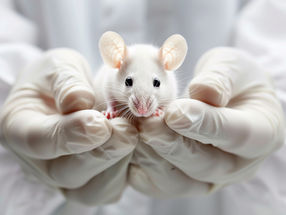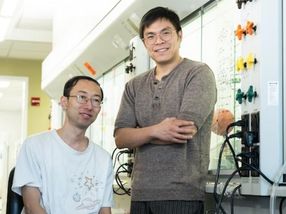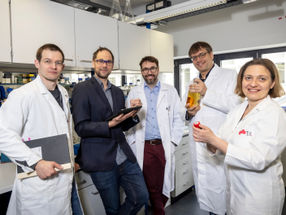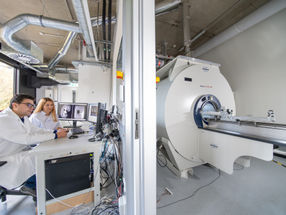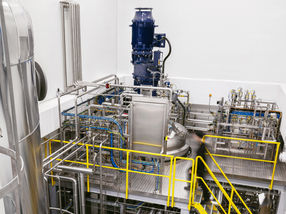Georgetown University Announces New Grants to Help Build National Cancer Biomedical Informatics Grid
Researchers at Georgetown University's Lombardi Comprehensive Cancer Center have announced the receipt of more than $800,000 in federal funds to help create the emerging "world wide web of cancer research" - a technological feat that is expected to revolutionize the way that cancer research is conducted in the United States and around the globe.
"This new interactive grid has the potential to change everything -what we do, how we do it, and the speed by which we can develop and bring new therapies to patients," says Robert Clarke, Ph.D., D.Sc., professor of Oncology and Physiology & Biophysics. Clarke leads a team of 15 researchers at Georgetown participating in what is dubbed "caBIG," or the "Cancer Biomedical Informatics Grid" project, sponsored and funded by the National Cancer Institute.
Currently, researchers work on projects that are often limited to a single institution or, in the case of testing therapies, may extend to several other centers. When they have finished, they publish the findings - a process that can lag for months or even years. While they wait for publication, their findings must remain embargoed to avoid jeopardizing the publication.
But with the new grid that Georgetown is helping to create, cancer research centers will be linked to each other in real time, using common research tools and instantly sharing new information gleaned from the thousands of clinical and basic cancer studies that are in progress at any one time. Because of that, the way data is shared and results are published will likely become more rapid and more accessible via the grid.
Clarke describes Georgetown as one of the "most active and visible of the cancer centers" now involved in caBIG, saying the Lombardi Comprehensive Cancer Center team was the first proposed caBIG site to be visited by NCI leadership planning the network. caBIG now involves over 50 funded cancer centers across the nation. Of the $20 million slated for caBIG development in year one, Georgetown researchers have received more than $810,000 to fund different caBIG projects.
The process of establishing the grid will be "organic" for years to come, he adds. "Some components are advanced and tools are ready for testing now, and others are not. This kind of work will continue for another three years, then development of caBIG will enter a new phase where it will be used and modified continuously. The vision fueling the grid is nothing short of boundless."
Most read news
Organizations
Other news from the department science

Get the life science industry in your inbox
From now on, don't miss a thing: Our newsletter for biotechnology, pharma and life sciences brings you up to date every Tuesday and Thursday. The latest industry news, product highlights and innovations - compact and easy to understand in your inbox. Researched by us so you don't have to.
















